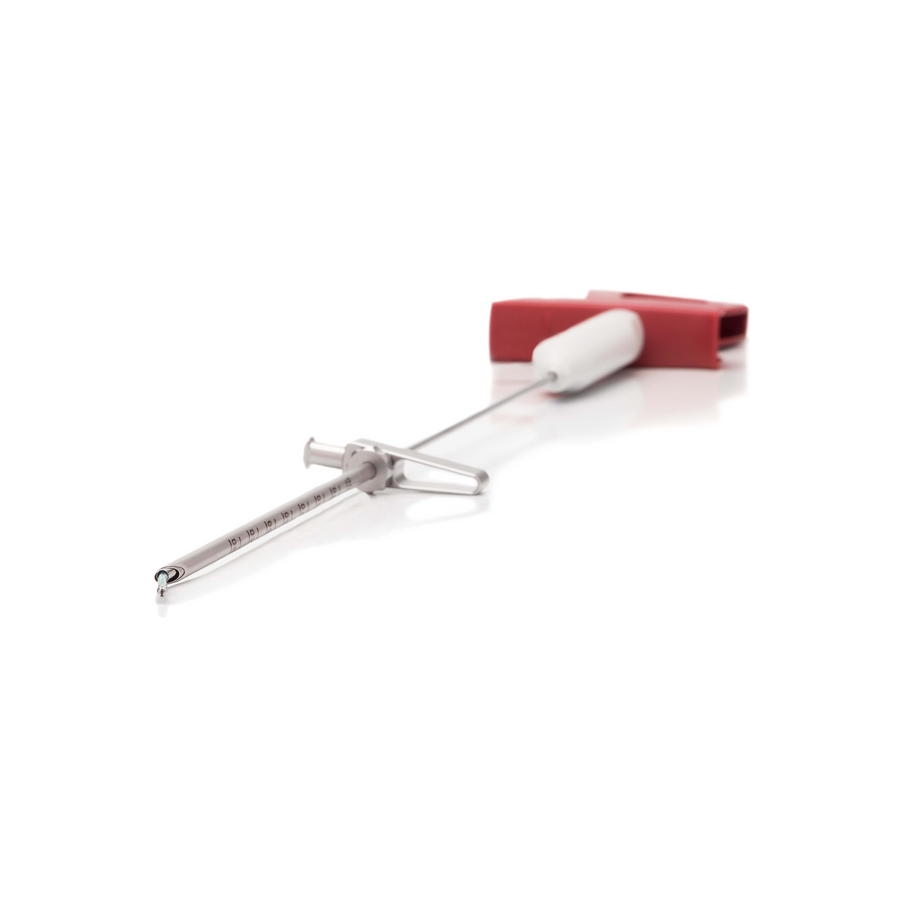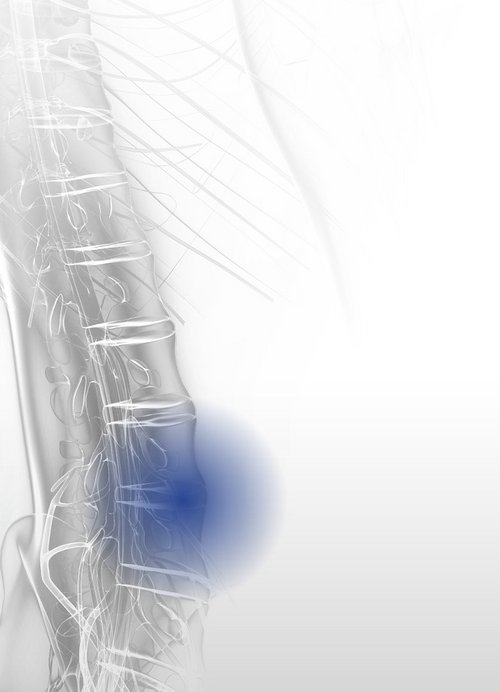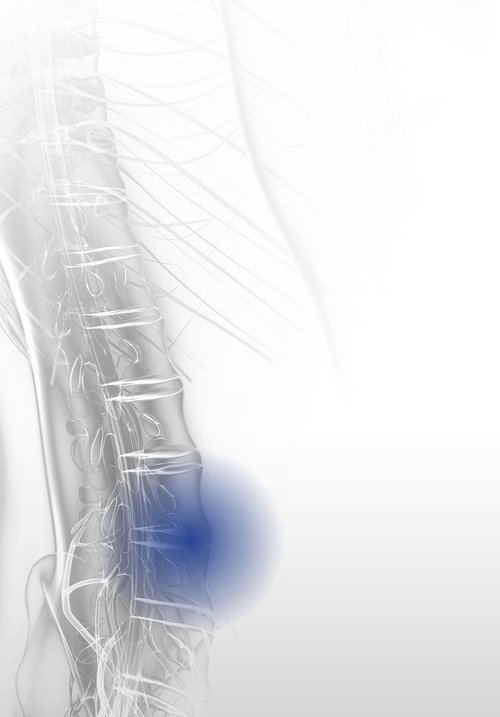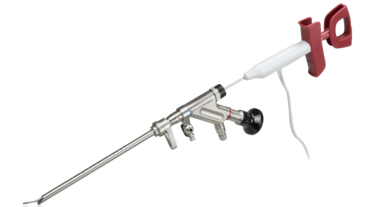Next-Gen Disc Regeneration
Discogenic pain syndrome is a degenerative spinal disease caused by wear and tear on vertebral discs. It begins with fluid loss in the inner core of the disc (nucleus pulposus), reducing its resilience and elasticity. This can lead to segmental instability. Sensitization of the affected area lowers the stimulus threshold, potentially resulting in chronic discogenic pain. Protruding discs may compress spinal and extraspinal nerve structures, causing radicular pain.
Therapeutic Concept

Interventional Percutaneous
4 MHz Radiofrequency Nucloplasty
The PERCULINE nucleo system is designed for vertebral disc nucleoplasty using 4 MHz technology. The Radioblator RF4 generator provides effective tissue-preserving coagulation with precise control.
More information
The TipControl RF Electrode ensures accurate positioning of the radiofrequency energy. The system's features, including focused energy application, tissue cooling, and reusable instruments, make it both efficient and minimally invasive.
The Radioblator RF4 radiofrequency generator operates at a 4 MHz frequency for precise, tissue-preserving coagulation.
Combined with the TipControl RF Electrode, it ensures accurate and controlled application of radiofrequency energy to targeted tissue, enhancing treatment safety and efficacy.
High-quality Products
See Matching Systems



PERCULINE
endo disc
For endoscopically controlled treatment of various discogenic pathologies.
More informationNote: This video contains medical images and scenes containing blood, which may be disturbing to some viewers.
Note acknowledged

